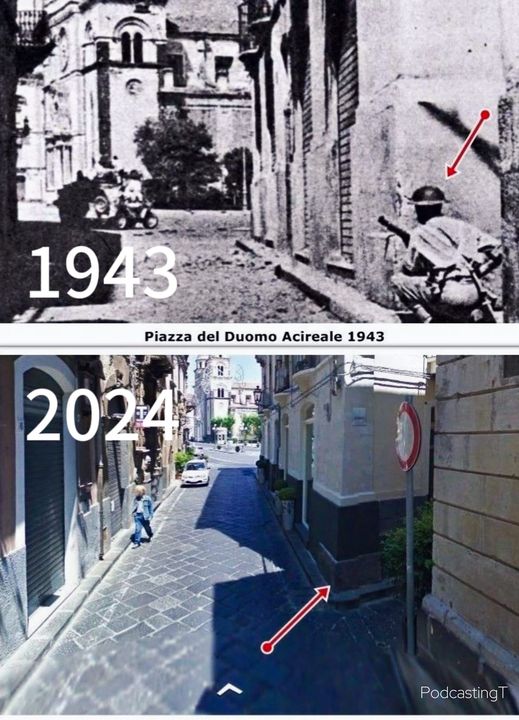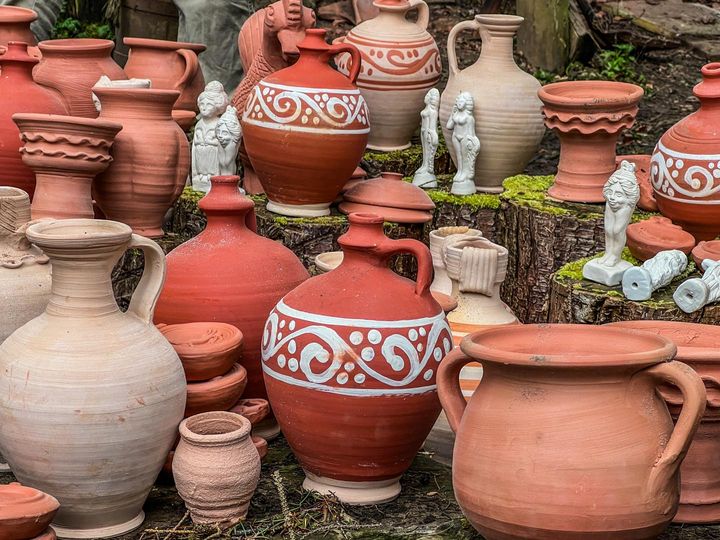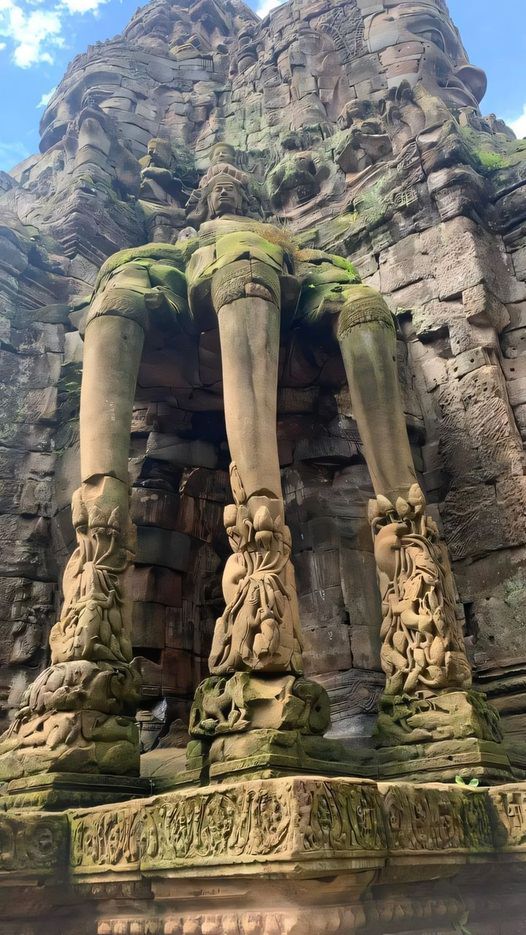Embark on a journey back in time to the grandeur of the Stadium of Magnesia, a magnificent ancient marvel that once seated 30,000 spectators. From its discovery in 1891 to its remarkable restoration in the 1990s and grand reopening in 2012, witness the transformation of this historic site located near the ancient city of Miletus in modern-day Turkey. Join us as we explore the ruins, uncovering over 130 inscriptions, statues, and frescoes that depict the thrilling world of ancient blood sports and offer a glimpse into the rich tapestry of life in antiquity.
Discovery and Rediscovery
The story of the Stadium of Magnesia begins with its discovery in 1891 by archaeologists excavating the ancient city of Miletus. Initially overshadowed by the nearby ruins of Miletus, the stadium remained largely overlooked until the 1990s when a concerted effort was made to uncover and restore its grandeur. Through painstaking excavation and restoration efforts, archaeologists unearthed the remains of a monumental structure that once served as a hub of entertainment and spectacle in ancient times.

Restoration and Rebirth
In the 1990s, the Stadium of Magnesia underwent a remarkable transformation, as archaeologists and conservationists worked tirelessly to restore the ancient site to its former glory. Using traditional building techniques and modern technology, the stadium was meticulously reconstructed, allowing visitors to once again experience the grandeur of its original design. In 2012, the stadium was officially reopened to the public, offering a unique opportunity to step back in time and witness the splendor of ancient sports and entertainment.
A Venue of Spectacle
The Stadium of Magnesia was more than just a venue for athletic competitions—it was a center of spectacle and entertainment that captivated audiences with its raw intensity and drama. Gladiatorial contests, chariot races, and athletic competitions were just some of the events that drew crowds of thousands to the stadium, eager to witness the skill and prowess of the competitors. Over 130 inscriptions, statues, and frescoes found at the site offer a vivid glimpse into the world of ancient blood sports, depicting scenes of triumph, rivalry, and heroism.
Exploring the Ruins
Today, visitors to the Stadium of Magnesia can explore the ruins of this ancient marvel, marveling at its monumental scale and architectural ingenuity. From the well-preserved seating tiers to the remnants of the arena floor, the stadium offers a tangible connection to the past, allowing visitors to immerse themselves in the sights and sounds of ancient sports and entertainment. Interpretive signage and guided tours provide insights into the history and significance of the site, offering a deeper appreciation for its cultural and historical importance.
Conclusion
The Stadium of Magnesia stands as a testament to the enduring legacy of ancient sports and entertainment, offering a window into the vibrant world of antiquity. From its discovery in 1891 to its remarkable restoration in the 1990s and grand reopening in 2012, the stadium has undergone a remarkable transformation, resurrecting the grandeur of its ancient past for modern audiences to enjoy. As visitors explore the ruins and uncover the stories inscribed in stone, they are invited to journey back in time and witness the spectacle and splendor of ancient blood sports, ensuring that the legacy of the Stadium of Magnesia lives on for generations to come.










